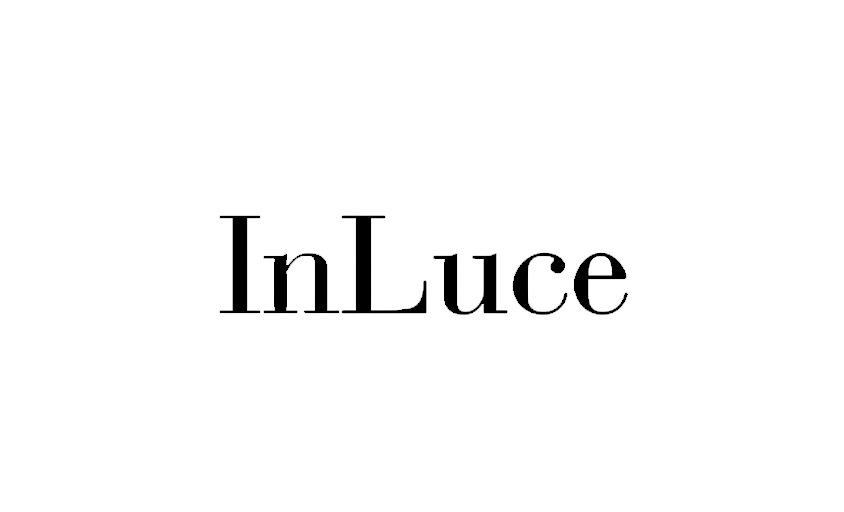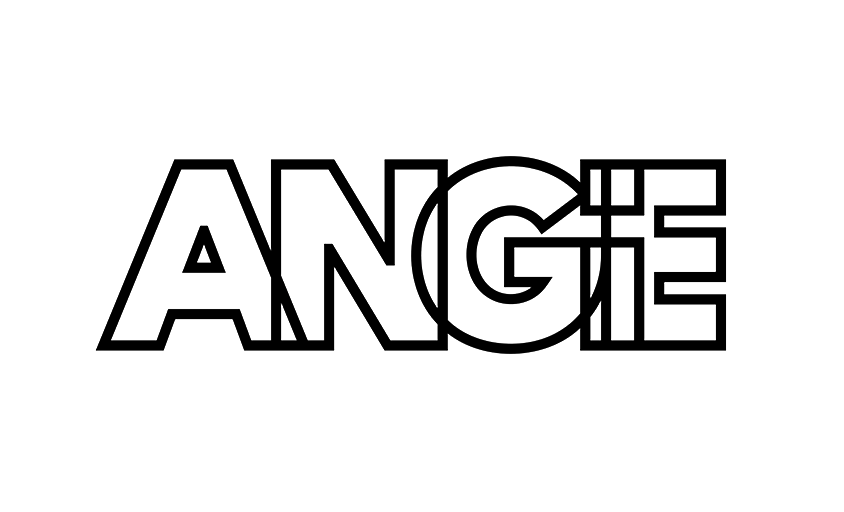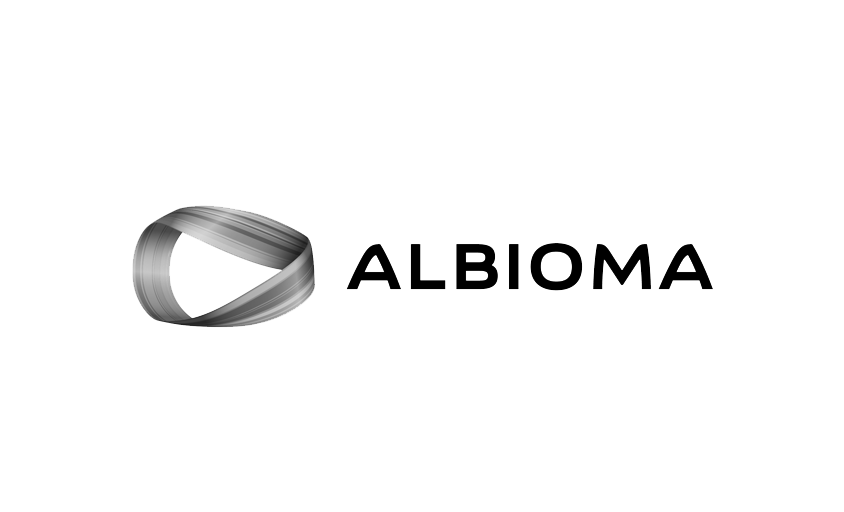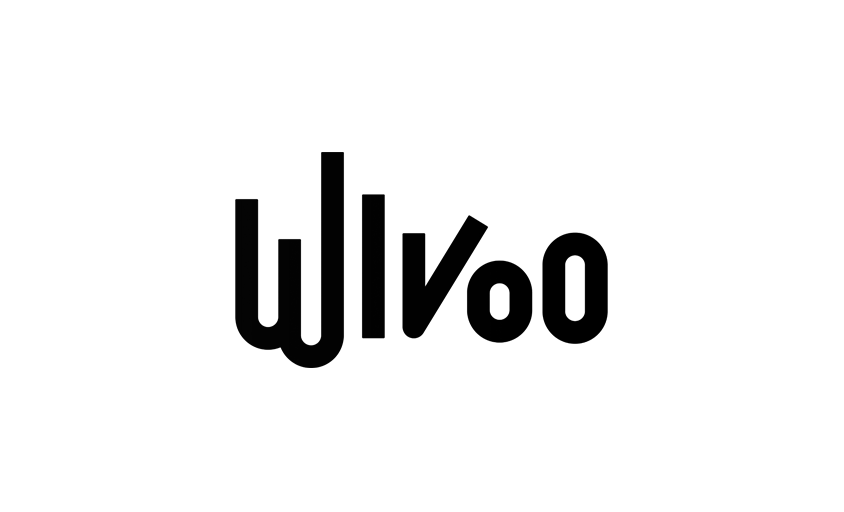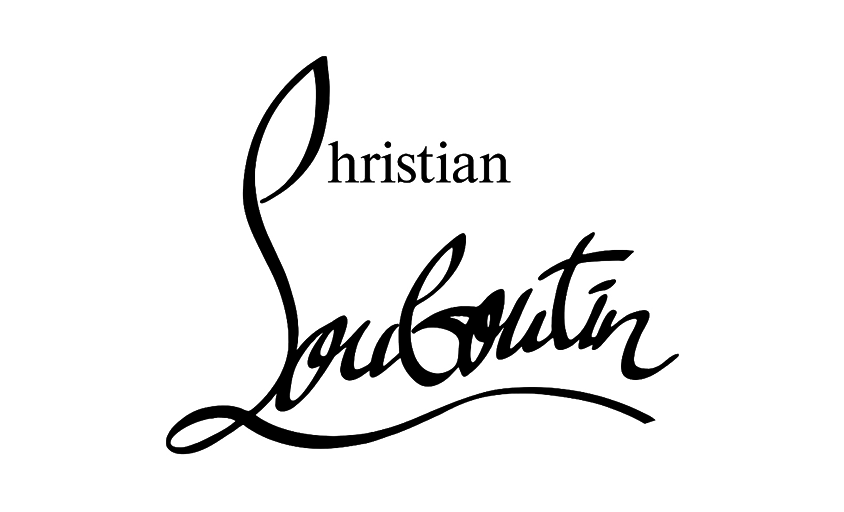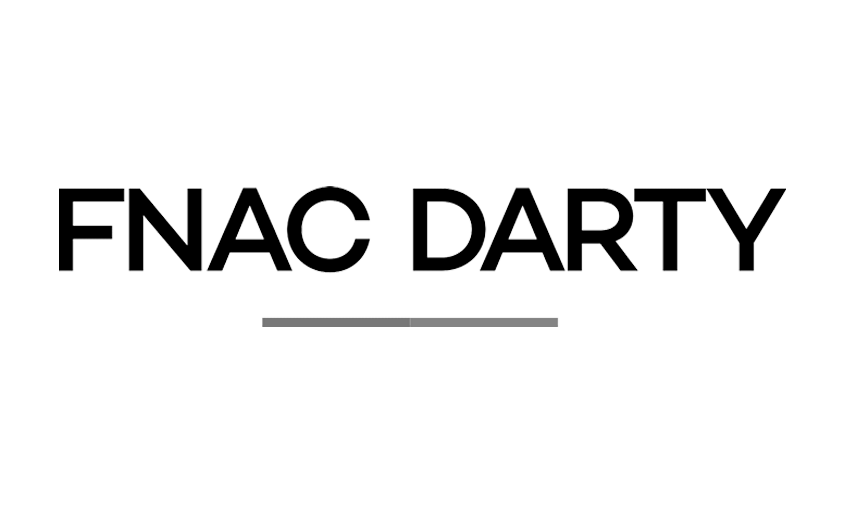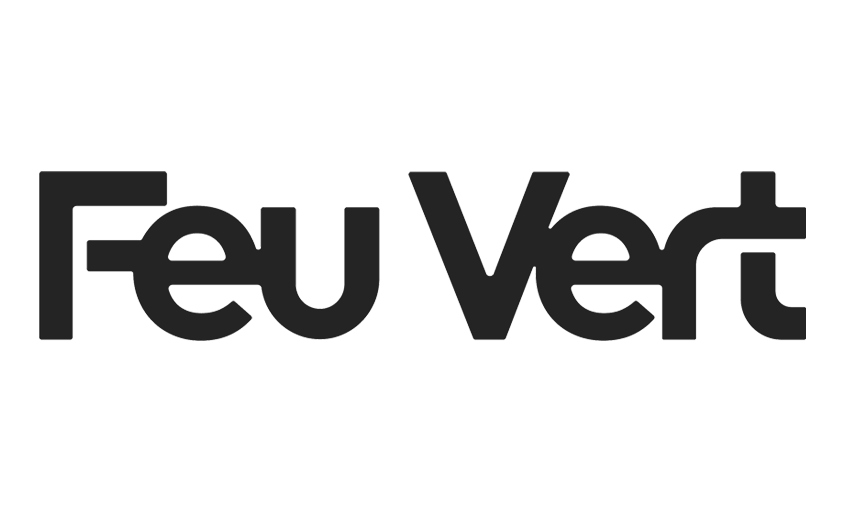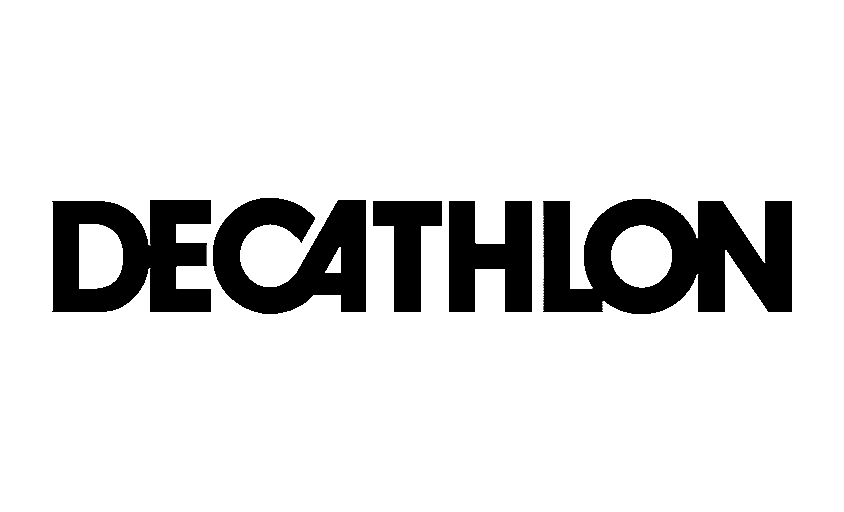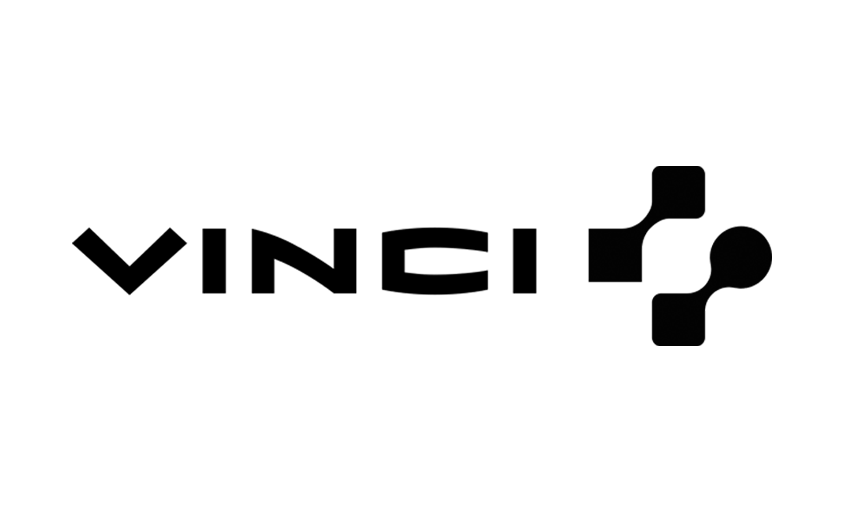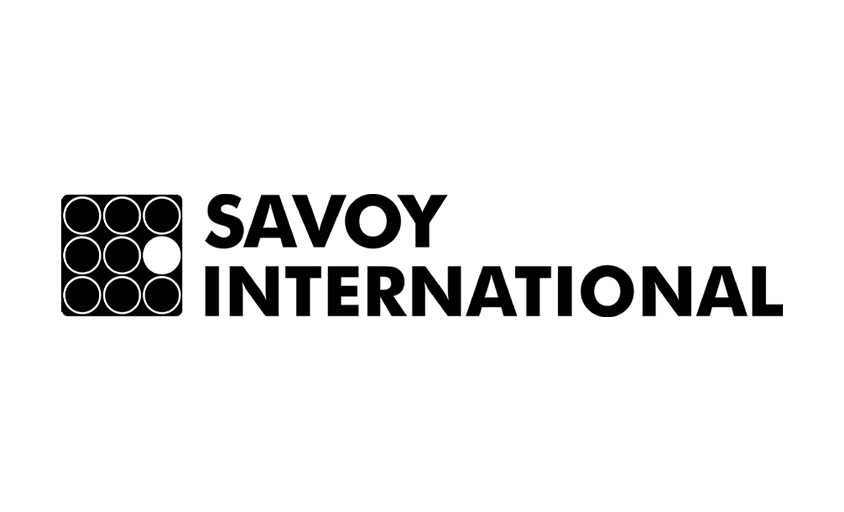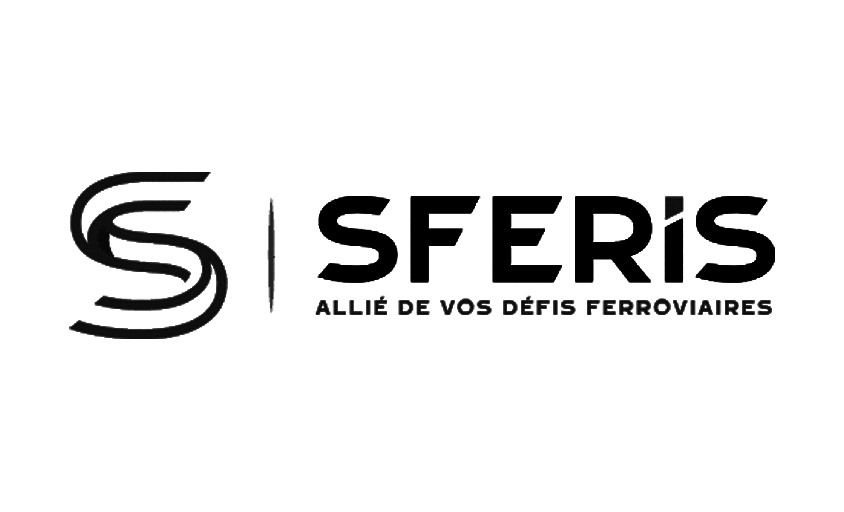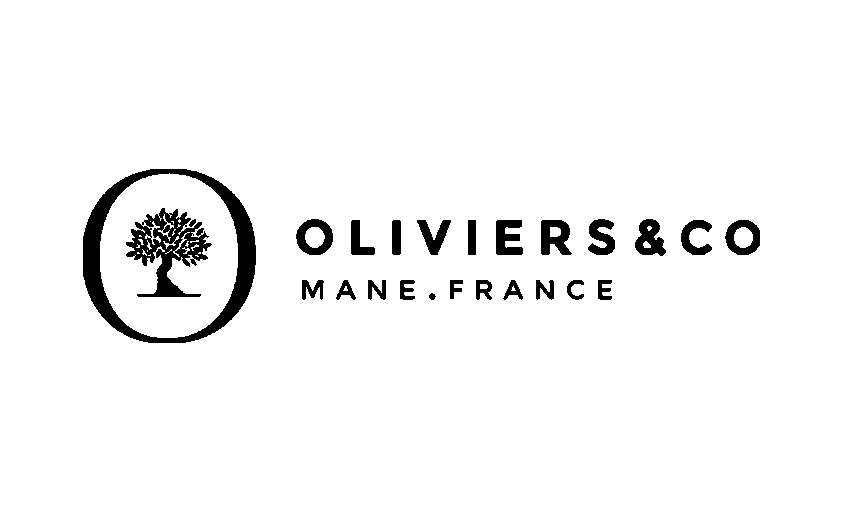How to Create a Moodboard
In this article :
Whether in photography, graphic design, advertising or fashion, the moodboard is a key tool for establishing a clear artistic direction in any visual project. It helps organize inspiration, clarify the world of a concept, and most importantly, communicate an aesthetic intention effectively to a creative team or a client.
But be careful: creating a good moodboard is not just about pasting a few Pinterest images onto a board. It’s an exercise in synthesis, selection, and sometimes even storytelling. In this article, we’ll look at how to build a moodboard that is effective, cohesive and useful, whether you’re an art director, photographer, graphic designer or the initiator of a visual project.
Why create a moodboard?
Before starting the production of a visual project, you need to know where you’re going. The moodboard helps you do just that by crystallizing an artistic direction and laying the foundation for the visual universe to come.
First, it’s a tool to clarify your ideas for yourself. Whether it’s for a photoshoot, a logo, packaging or an advertising campaign, the moodboard helps you move from vague intuitions to concrete intentions. Inspirations collected from Instagram, magazines or films come together with clarity once assembled on a single board.
The moodboard is also a communication tool. It lets you present your vision to a client, a team or a creative partner. In a photography project, for example, it provides a shared understanding of the expected colors, lighting, atmosphere, styling or framing. The result is that everyone is on the same page, misunderstandings are reduced, and the project flows more smoothly.
Finally, the moodboard serves as a reference point. Throughout the project, it acts as a compass. It reminds you of the initial direction, prevents you from losing focus, and keeps the creative process on track even when new ideas arise. It’s not a constraint but a strong foundation for creating in the right direction.
The different types of moodboards
There is no single universal type of moodboard. The format you choose depends on the context, your field, and especially the goal of the project. These are the most common formats found in professional visual projects:
- The general inspiration moodboard
This is the most open-ended type, often created at the beginning of the creative process. It brings together everything that can fuel a visual imagination: textures, lighting, color palettes, typography, scenes, materials, film stills, silhouettes… The goal is to evoke a mood or a universe without yet trying to structure it. - The artistic direction moodboard
At this stage, the content has already been filtered. Things are more refined and focused. This moodboard is often the one shown to the client or creative team to confirm an aesthetic direction. It serves as a reference throughout the production process: photography, video, graphic design or styling. - The technical or logistical moodboard
Less inspirational but just as important, this moodboard gathers practical elements: shooting locations, equipment references, model sheets, selected outfits, lighting diagrams. It is often used by project managers or photographers to organize production. - The styling or composition moodboard
Common in fashion or product photography, this one helps visualize combinations of clothing, objects or set designs. It’s useful for validating color pairings, textures or volumes before the actual shoot.
Key steps for creating an effective moodboard
Creating a moodboard is both an intuitive and structured process. To truly serve as a guide throughout a creative project, especially in photography or art direction, it’s essential to follow a few key steps.
It all starts with defining the need. The goal is not to paste pretty images at random. The moodboard must respond to a specific purpose. What product are you highlighting? Who is the audience? What message or feeling do you want to convey? This initial framing helps avoid getting off track and immediately steers the research.
Next comes the collection phase. This is the time to explore freely: images from Pinterest, film stills, screenshots, inspiring ads, textures, sketches, keywords… You need to cast a wide net at this stage without filtering too much. The goal is to start seeing patterns, visual repetitions and consistent themes emerge.
Then comes selection and organization. This is when the moodboard starts to take shape. You remove anything off-topic, group items by visual families and establish a hierarchy. Ideally, you’ll end up with a coherent board that fits on a single page (or a grid layout) and clearly expresses a visual intent. A good composition should let someone understand the creative universe at a glance.
Finally, structure the presentation, especially if the moodboard is meant to be shared. It can be helpful to add a few annotations: keywords, designer references, technical notes. This helps the various team members (client, photographer, stylist, art director…) interpret the moodboard in the same way.
The moodboard, a visual compass for the project
A moodboard isn’t just about making things look nice. It’s a true guiding tool for any photographic project.
In a single well-crafted board, it conveys clear visual intentions, often more effectively than a written brief. A color palette, a type of lighting, a texture, or even a model’s pose can steer an entire shoot. It expresses an atmosphere, a rhythm, sometimes even a time period.
Take this example: a moodboard dominated by warm, desaturated tones, low-angle lighting, and natural materials. Within the first minutes of the brief, the team understands that the goal is a soft, organic, almost handcrafted look. As a result, the choice of backdrop, props, and lighting all align naturally, without lengthy explanations.
But its role doesn’t end there. During production, the moodboard serves as an anchor point. If doubt arises, about a pose, styling choice, or staging, you return to the board. It acts as a creative safeguard. It also allows you to say no, gently, when an idea strays too far from the original vision. In post-production, it remains a valuable reference. Color balance, saturation, black density, or film grain can all be adjusted based on pre-approved visuals. This ensures consistency across images, even if they were shot at different times or under varying conditions.
A good moodboard is also a fluid communication tool between the client and the photo team. It translates subjective feelings into concrete visuals. It helps avoid misunderstandings like “I wanted something more natural” or “I was thinking of a more high-end feel”, vague notions that visuals immediately clarify.
Conclusion
Creating a moodboard is neither a formality nor a decorative pastime. It’s a decisive step in the success of a photography or creative project. By gathering references, visual emotions, and clear intentions, it transforms an abstract idea into a defined direction. It guides, aligns, and inspires.
At Rétines, we see the moodboard as a working tool, not just a visual collage. It structures the dialogue between art direction, the photographer, the client, and even the retoucher. It provides a solid foundation for creating images that resonate, from the very first glance.
Jérémy Carlo is the editorial director at Rétines, where he ensures the consistency and clarity of all content produced by the studio.
Our Clients
Let’s discuss
What we do for you at Rétines
Meticulous work, an organised project and fast delivery. And to achieve this, we mobilise the right resources in our teams at the right time.
01
Pre-production
Artistic and technical direction tailored to the project.
Relevant recommendations on content, form and resources.
02
Photo Shooting
Photos taken by our experienced photographers.
Production that’s controlled, efficient and tailored to the needs of the project, with nothing superfluous.
03
Retouching
Technique
Photographs magnified by our retouching team.
Post-production to meet the commercial challenges of the brief.

